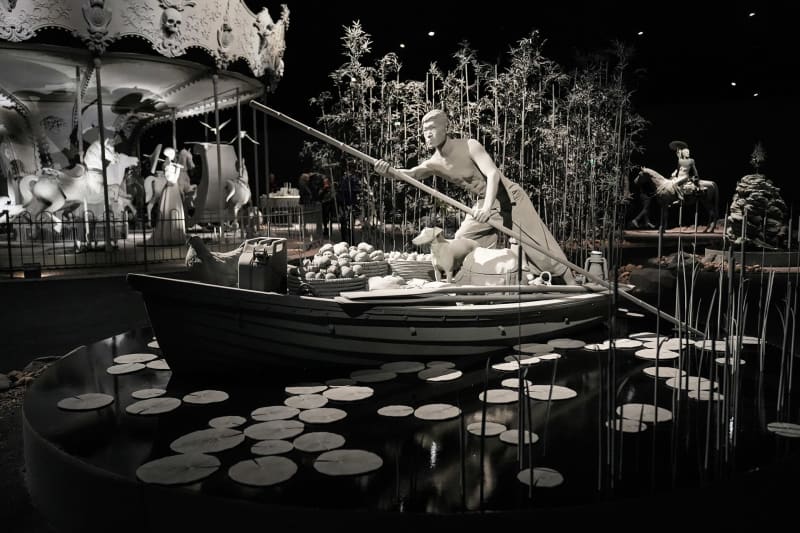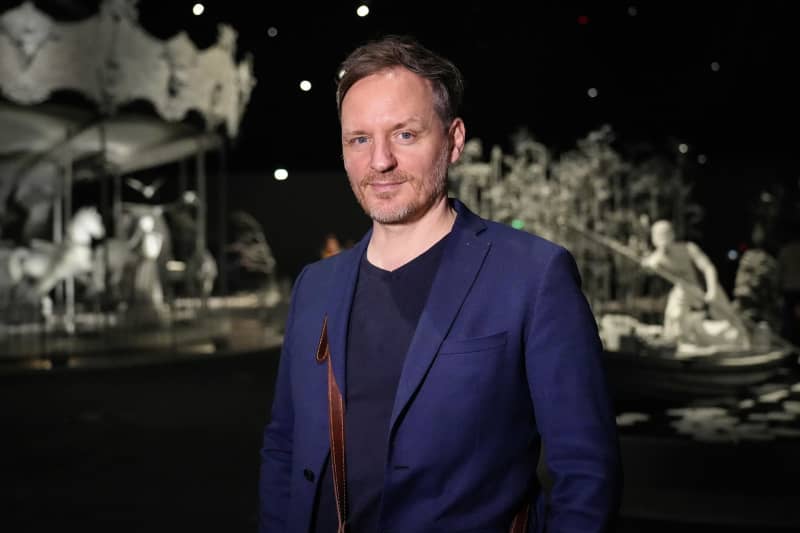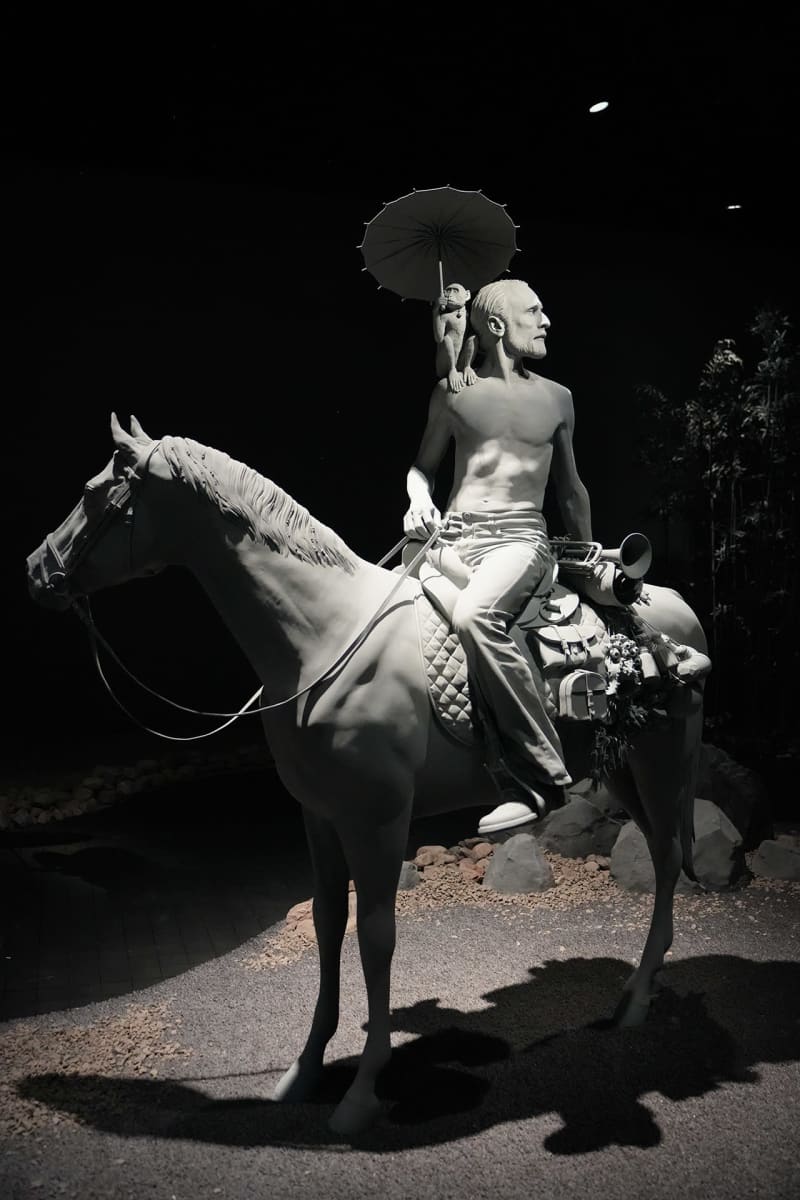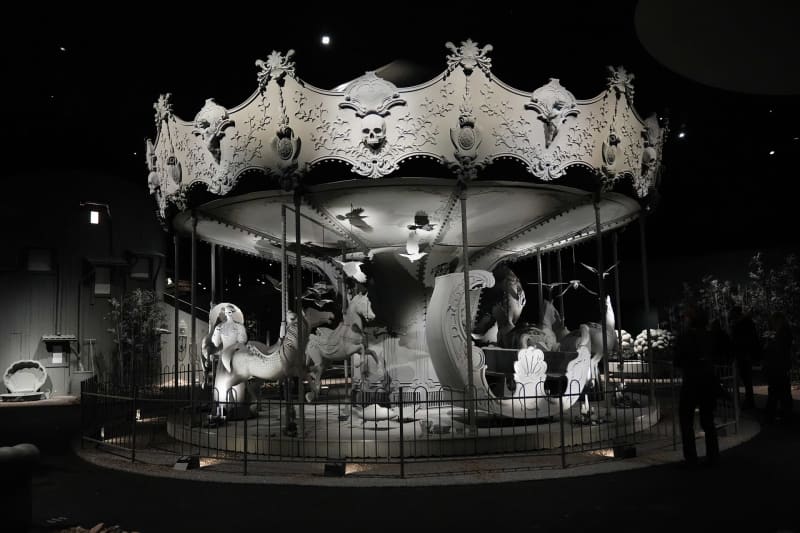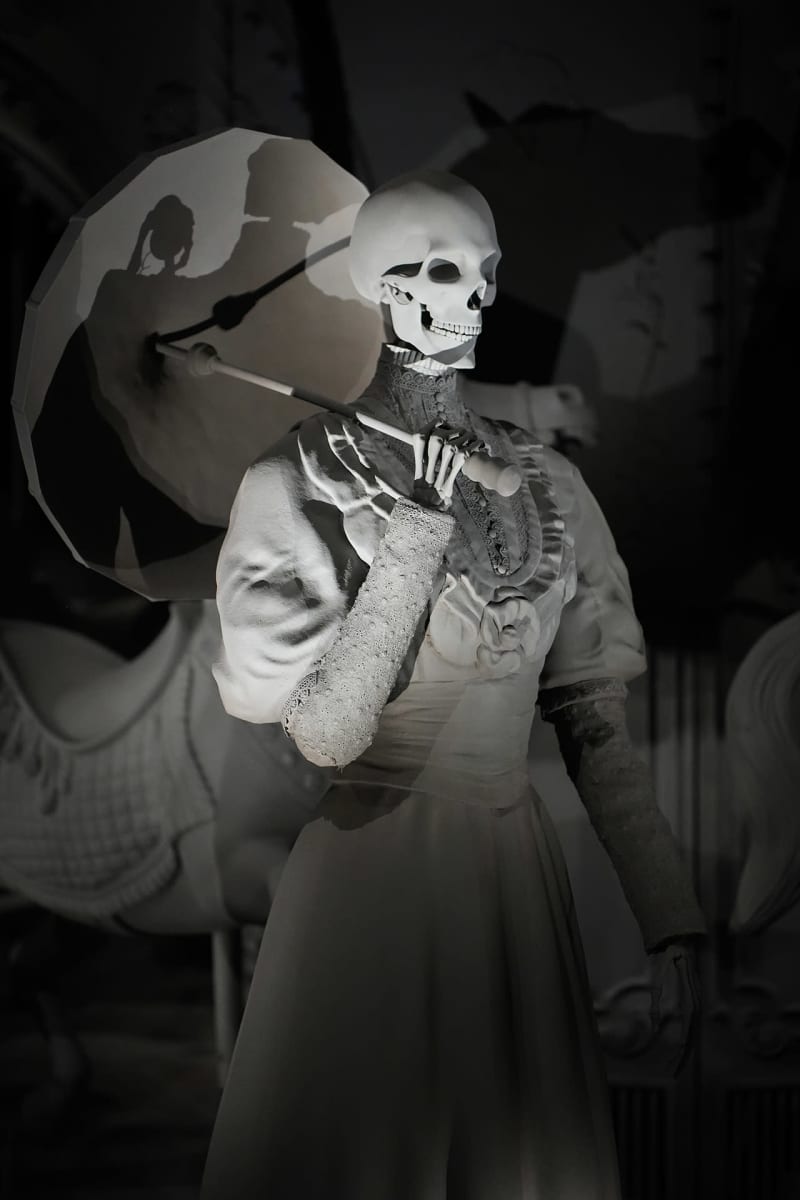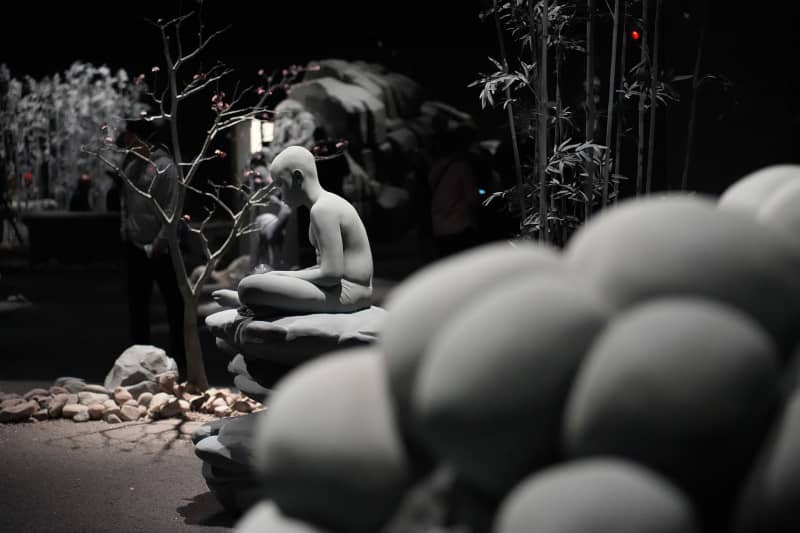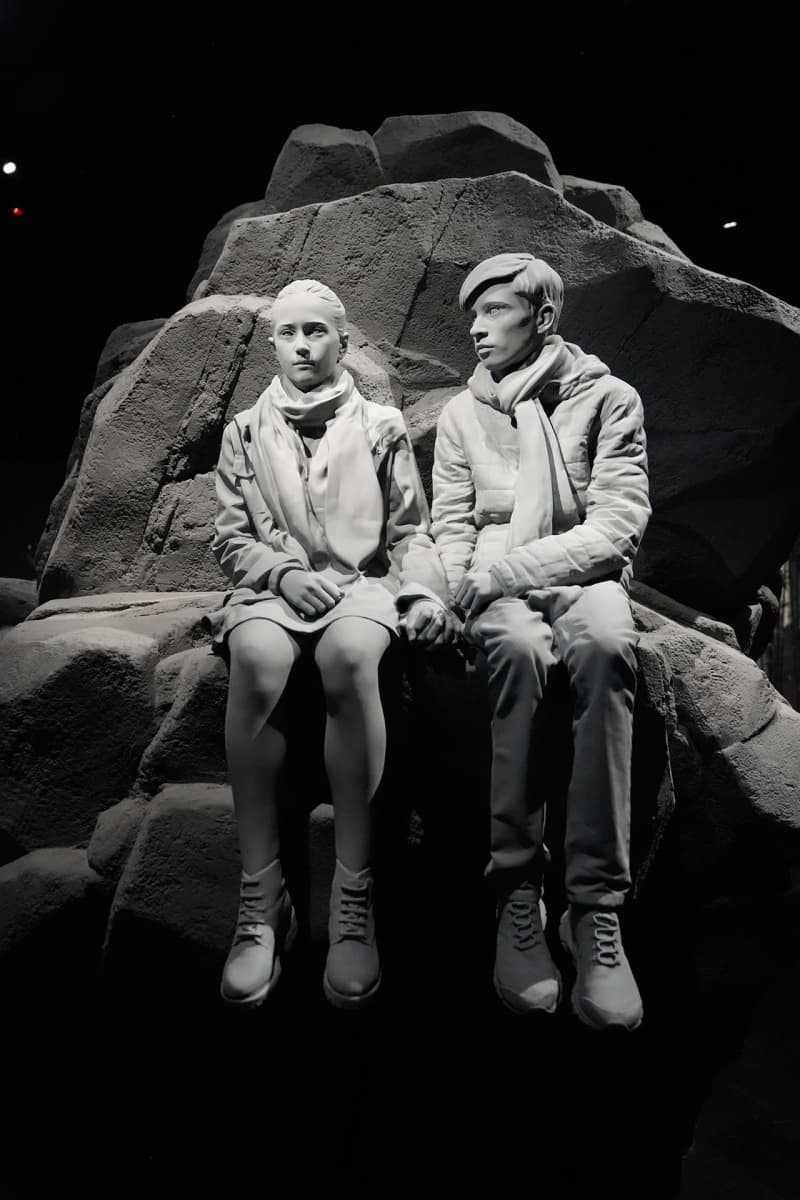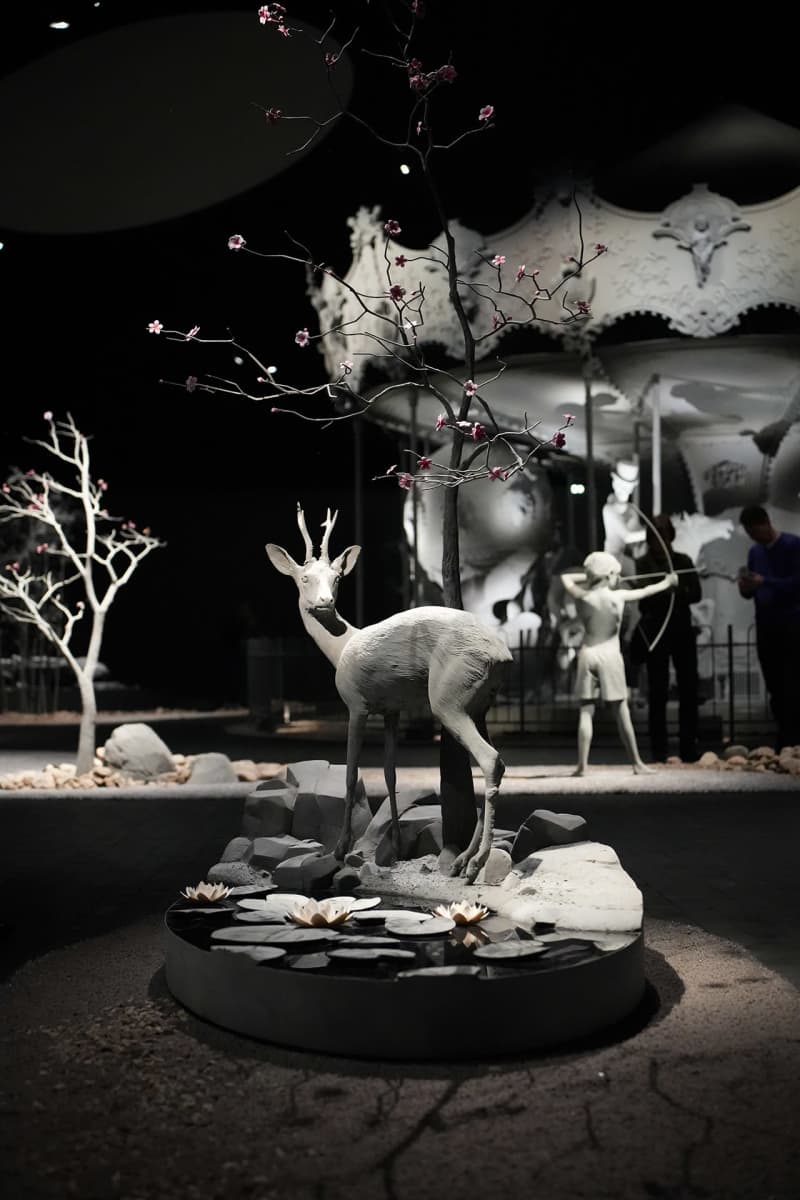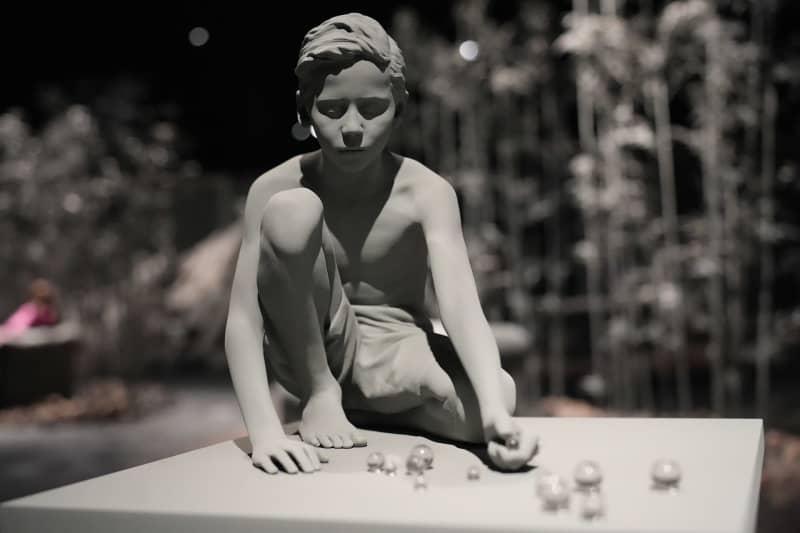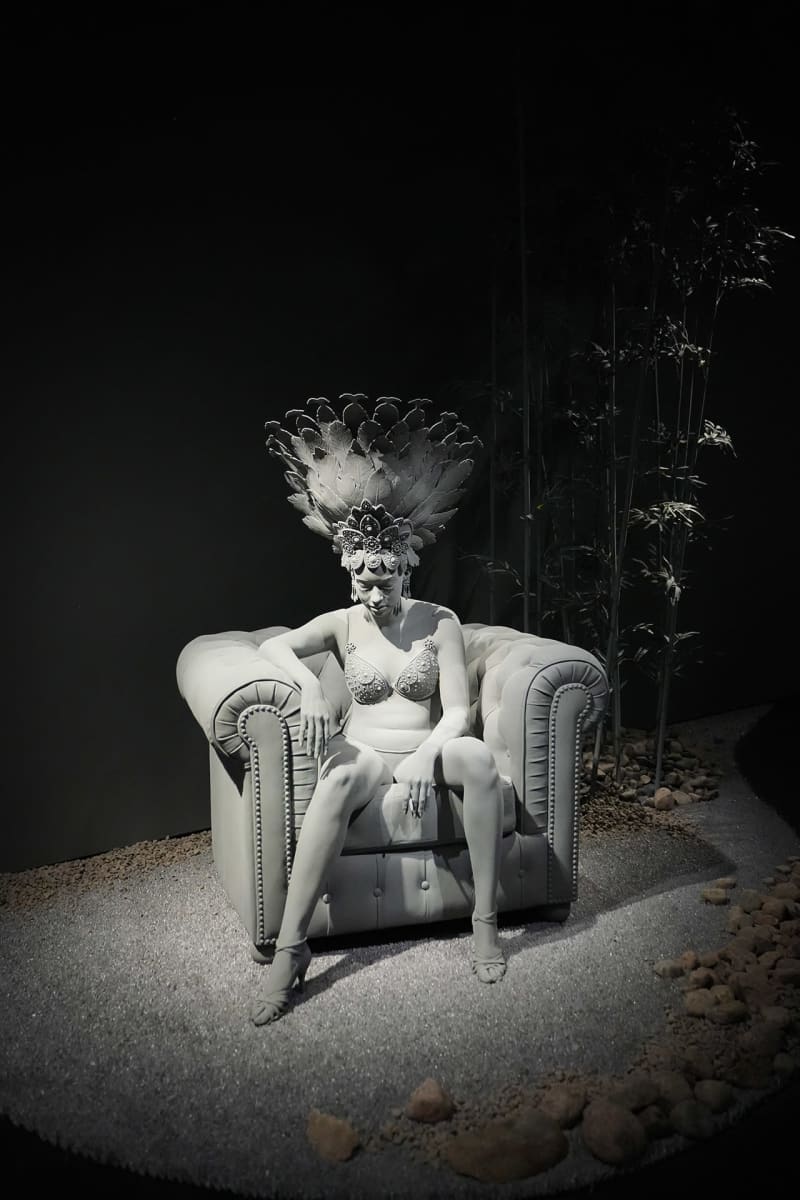Belgian artist Hans Op de Beeck’s extensive exhibition at Helsinki’s Amos Rex has been a public success. The exhibition’s large-scale realistic installations deal with major themes in art, such as death. De Beeck is currently visiting Finland.
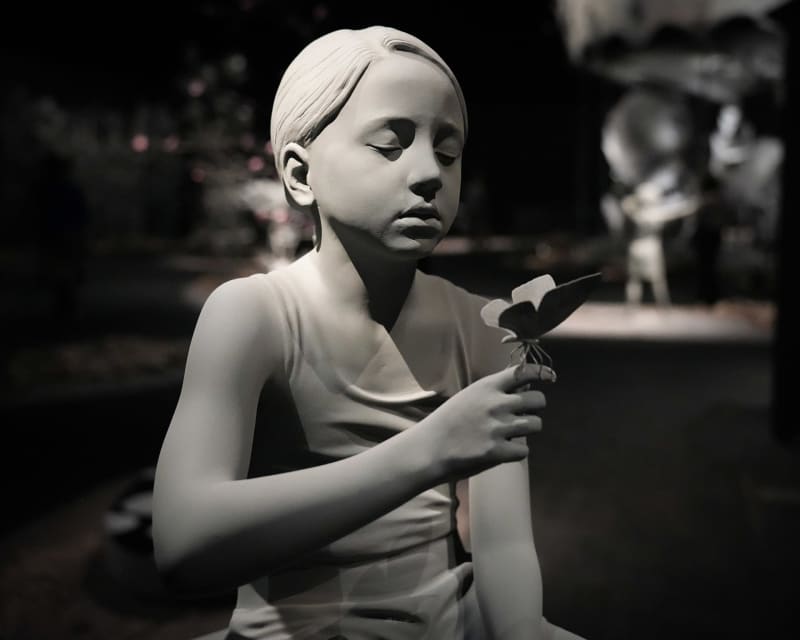
When you go down the white stairs to Amos Rex’s underground exhibition space, the atmosphere thickens and the symbolism thickens. Is this a kind of intermediate state, where the dead have been left waiting for an indefinite period of time for their final judgment? Or have these people fallen under the merciless gaze of the Gorgo monster known from ancient times and turned into gray stone?
– If I wanted to make my installations hyper-realistic, it would be some kind of Madame Tussaud wax cabinet exercise, which would not be very interesting. In the case of my art, it is also essential that even though the work is fake, the viewer still gets an authentic experience.
Death should be faced both in life and in art
Hans Op de Beeck has been making eye-catching installations around the world for almost two decades now.
Recently, he admired his hometown of Brussels, in the center of which a gray, life-size carousel appeared. Except that it wasn’t any ordinary merry-go-round, but a dark attraction populated by macabre skeleton figures. However, many people from Brussels were confused at first glance and thought that Tivoli had arrived in the city.
Now the carousel, a work referring to the death cult of late medieval church art, is on display at Amos Rex.
– In many cultures, for example in Mexico, death can also be a happy thing, and it involves celebration. I thought that why not shape an element that belongs to celebration and rejoicing, i.e. the carousel, into a petrified work, i.e. a work that reminds us of the presence of death.
-the silent sculptures of the exhibition that have stopped, frozen in a single moment, exude the fragility and brevity of life. One of the themes of the exhibition – and the subject of Hans Op de Beeck’s interest – is death.
– It is important to understand how short our lives are and therefore appreciate the little things in life that really matter. Instead of making death a taboo, embracing it and facing it makes it a part of life and makes you realize that in the brevity and fragility of life there is also beauty and poetry that we should appreciate more deeply.
Absurd Belgium can be seen in de Beeck’s works
– When you look at Vermeer’s painting of a girl or a man standing or sitting in a quiet interior, you feel as if you are in the situation yourself, right there next to the character. This creates an authentic moment in time and space.
Hans Op de Beeck’s hometown is currently Brussels, and both the capital of Belgium’s 176 different languages \u200b\u200band Belgium itself appear in his art.
– Belgium is perhaps a bit of an absurd small country. We have traditions for this, such as the surrealist artist René Magritte, and in Brussels you can find a lot of nonsense architecture. The sense of absurdity and Surrealism are strongly present in Belgian culture and are also essentially involved in my own works.
But what happens to a person after death? Does he turn into a dreamy, static gray statue, frozen to doing slightly absurd things?
– I have no idea about this. But when you present the world we know as colourless, you can get down to the essentials, i.e. the gestures, characters and environment, which we can all relate to.

